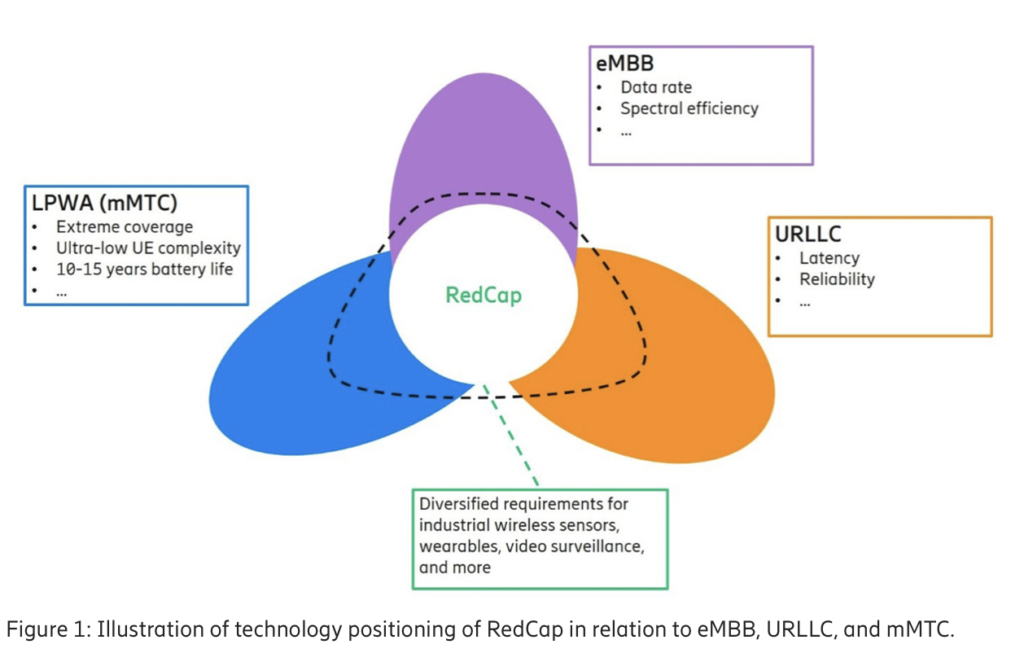Samsung and MediaTek collaborate on 5G RedCap energy efficiency testing
Samsung and MediaTek recently announced their collaboration on an interoperability 5G RedCap test over virtualized RAN (vRAN). The test took place at Samsung’s Korean R&D lab. It used its versatile vRAN 3.0 software, O-RAN compliant radio. The radio connected to a MediaTek 5G RedCap test platform which was launched at MWC24 earlier this year.
The test included not only data sessions but more importantly, key features of RedCap technology that are aimed for IoT devices to have a longer battery life and improved energy efficiency, paving the way for a more sustainable and diverse 5G ecosystem.
The collaboration between Samsung and Mediatek verified the seamless integration of RedCap features over vRAN and Open RAN. It focused on two energy-saving features: Paging Early Indication (PEI) and extended Discontinuous Reception (eDRX).
- PEI is a feature that notifies the device in advance about the presence or absence of paging signals, effectively reducing the number of occasions the device needs to wake up for paging monitoring. This ability translates to less energy consumed by the device, as it can remain in a low-power state for extended periods.
- eDRX allows the device to enter sleep mode for extended durations (up to 3 hours in some cases) by increasing the monitoring cycle. By extending the monitoring cycle of the device, eDRX further contributes to the device’s energy efficiency and battery life.

This comes hot on the heels of a similar announcement from Mavenir, Qualcomm and EchoStar earlier in June. That demo marked the first validation of 3GPP RedCap 5G capabilities on an Open RAN network. As noted in our video recap, we should expect many similar announcements in the coming months.
Few will elicit the same levels of interest as this one however. Samsung is after all a dominant IoT player, especially in the connected consumer devices space. RedCap has the potential to add a whole new host of devices and form factors to Samsung’s portfolio. Its keen interest in the technology should come as no surprise.
In his blogpost, Eun Yong Kim, Vice President, Head of Air Technology, Networks Business at Samsung Electronics, notes that “unlike current mobile technology requirements today, IoT devices do not always need to support a high-level of capabilities, and this is where Reduced Capability (RedCap) technology comes in”.
RedCap (short for Reduced Capability), as defined in 3GPP Release 17 specifications, is a scaled-down version of 5G technology. It enables a wide range of IoT devices to connect to 5G networks more efficiently and cost-effectively. By reducing the capabilities required for these devices, RedCap allows for smaller form factors, longer battery life, and lower costs. This breakthrough technology opens up a world of possibilities for IoT devices across various sectors.
More specifically, RedCap is positioned to address use cases that are today not best served using eMBB, ultra-reliable low-latency communications (URLLC) or LPWA solutions according to Ericsson.

New business models will also emerge as a result of this according to Joe Madden, from Mobile Experts. “The low cost and low power consumption of RedCap will open up new business models ranging from FWA to IoT with longer battery life. This test marks an important step toward the necessary interoperability, and it builds confidence that the low-power benefits of RedCap will be available in the market soon.”
Samsung’s RedCap technology will become commercially available this year for both traditional RAN (tRAN) and vRAN, with plans to apply to Tier 1 operators’ networks.



